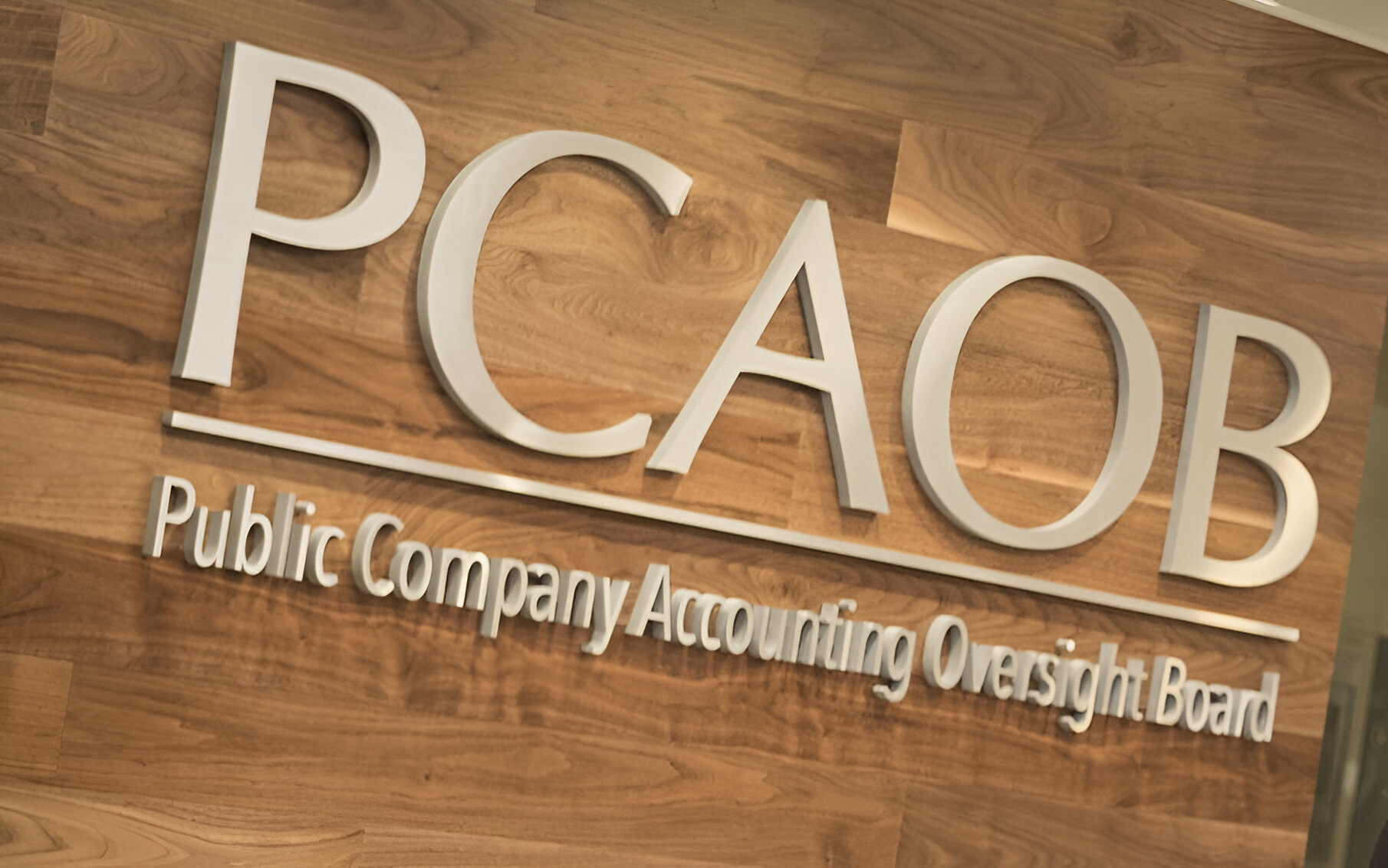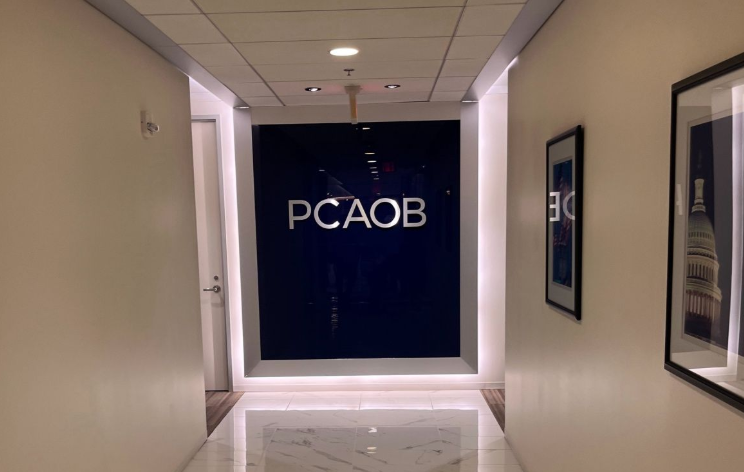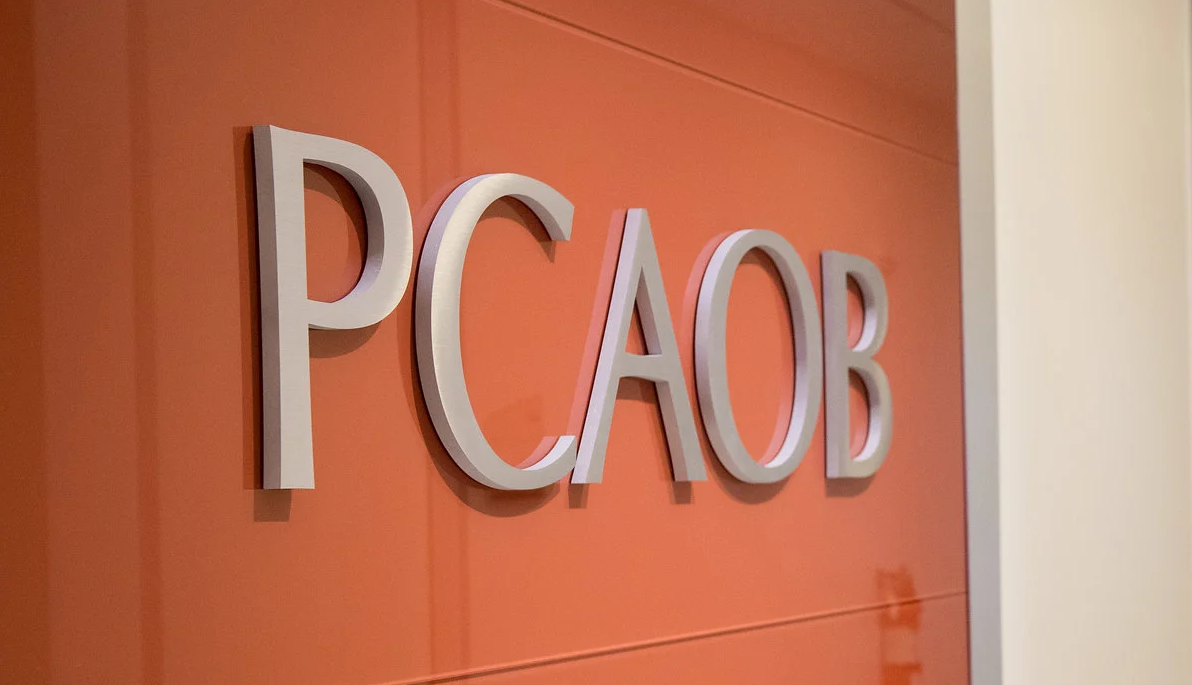If the turmoil of 2020 has shown businesses anything, it’s that they should have been better protected and most businesses could have benefited from more insurance and more money. The pandemic and riots have forced thousands of businesses into bankruptcy with many more still on the ropes. It’s impossible to predict what the next crisis will be, or when it will strike.
CPAs, as the trusted advisors of small and middle-market businesses that are surviving or thriving during 2020 should pause and take a hard look at protecting their companies with captive insurance now—while times are good. It’s true that businesses with more insurance and more money are on stronger footing and better prepared to survive whatever calamity strikes ahead.
Captive insurance is simply a choice for a business to own its own insurance company. Captives are licensed commercial companies and are able to gain access to reinsurance pools or the reinsurance markets to provide a backstop for risks they insure. A captive is a form of self-insurance that enables businesses to participate in a portion of their own risk. Businesses buy insurance from their captive and are able to retain the profits accumulated in their captive. Captive loss reserves not paid out in claims or expenses accumulate year-to-year. This accumulation of loss reserves can pay claims to the business in the event of a commercially uninsured loss and provide a powerful defense against the unexpected, including the impact from pandemic disease, supply chain interruption and business interruption.
But as a CPA, you may wonder, “is captive insurance the right fit for my clients?” To help determine whether it’s a financial strategy to pursue, this set of questions provides a helpful road map.
1. Is the company financially stable?
Starting a captive insurance company requires time and an initial investment, so it makes sense to only pursue if the company is in good financial standing. The company should have solid profit and wealth to protect and will remain a going concern for years to come. Successful businesses are like a goose laying golden eggs. It behooves successful and stable companies to allocate some of their profit to protect that goose.
2. Does the company have good loss history?
Businesses benefit from a captive insurance company when the premiums paid exceed losses in the form of the claims. If a business has a history of high claims, then owning a captive insurance company will not be lucrative.
3. Can the company fund the captive formation and operations costs?
In general, a good candidate for captive insurance normally has net income of $500,000 or more with annual gross revenue of about $3 million. Although, most captives have gross revenue of $10 million or more. Enough capital must be placed in the captive to have skin in the game and the company must be able to afford the premiums, operations and management fees.
4. Does the company have risks that are uninsured or underinsured?
During the feasibility study, a variety of risks are assessed that are most likely to impact the business. This process brings to light certain risks that are commonly uninsured. For example, it’s not uncommon for a business to fail to have a cyber policy, supply chain interruption or a litigation policy—and if they are in place, often riddled with exclusions. In addition to risks that are often uninsured, there are also risks that are typically underinsured. For example, during COVID-19, businesses’ business interruption coverage was only triggered if their property was damaged. Many thought they were covered by business interruption to find out they were not.
If you answered yes to questions 1 – 4, your client is probably a good candidate for captive insurance. But the following make it an even more attractive option.
5. Would the company benefit from a new profit center?
When assets in a captive are not paid out in claims or expenses, the owner keeps this profit which provides “found” money, whereas with third-party commercial insurance the premiums paid are a sunk cost and profit is zero. The profit gained from a captive insurance arrangement is beneficial to help companies through difficult times. For example, construction companies can have their sub-contractors purchase default bonds from a captive owned by the general contractor to create an entirely new profit center. The sub-contractor purchases bonds from the captive insurance company which protects the general contractor. Doing this across multiple subs can create significant “found money.”
6. Does the company have $1 million annually in workers’ compensation and general liability insurance?
Captive insurance can enable companies with at least $1 million spent on workers’ comp premiums and generally liability premiums to access a more affordable alternative.
Are insurance rate hikes negatively impacting the business?
Commercial property insurance is experiencing ongoing price increases. Auto liability rates are seeing a double-digit uptick. General liability is rising as well. The change is a result of a “hardening” insurance market after more than a decade of flat or even decreasing premiums. According to underwriters and brokers, this hardening has the potential to last for months or even years. For CPA clients, it can be frustrating to turn in a no-loss year on insurance policies only to be met by significant rate hikes. Captive insurance can replace some or all commercial insurance policies.
7. Do you have 50 or more employees on your health program?
Health care costs for employers continue to rise. Industry studies show that employee benefits can account for over 35 percent of payroll expenses and that the availability and quality of benefits programs are among the key determining factors in an employer’s ability to attract and retain talent. For companies with at least 50 employees, utilization of a captive insurance company helps to mitigate and eliminate the challenges described above. By strategically taking on risk through a captive a business is able to take control of its insurance program, reduce costs and stabilize coverage. These factors directly benefit the employees and their plan participants, helping to create a more satisfied workforce and significant competitive advantage in a very tight talent market. This competitive advantage is further enhanced by the ability to recapture premium spend and better protect the business.
8. Do you sell a product that has a warranty or selling someone else’s warranty?
In addition to bonding and other coverages, captives can also issue warranties. A captive insurance company can insure construction or product warranties. And, captives can purchase reinsurance or participate in a reinsurance pool to backstop warranty policies. Also, many companies are selling someone else’s warranty on their products. In many cases, these warranties can be brought “in house” via a captive to complete a completely new profit center.
It’s Not Too Late to Form a Captive in 2020
2021 is just around the corner and after a tumultuous year, it’s evident that businesses should do more to protect themselves in the future. Before tax season starts up in 2021, December is a great time to advise business clients to take a focused look at the risks they face in light of the list above and determine if captive insurance might be a prudent choice.
=========
Randy Sadler started his career in risk management as an officer in the U.S. Army, where he was responsible for the training and safety of hundreds of soldiers and over 150 wheeled and tracked vehicles. He graduated from the U.S. Military Academy at West Point with a Bachelor of Science degree in International and Strategic History with a focus on U.S. – Chinese Relations in the 20th century. He has been a Principal with CIC Services, LLC for 7 years and consults directly with business owners, CEOs and CFOs in the formation of captive insurance programs for their respective businesses. CIC Services, LLC manages over 100 captives.
Thanks for reading CPA Practice Advisor!
Subscribe Already registered? Log In
Need more information? Read the FAQs
Tags: Benefits




